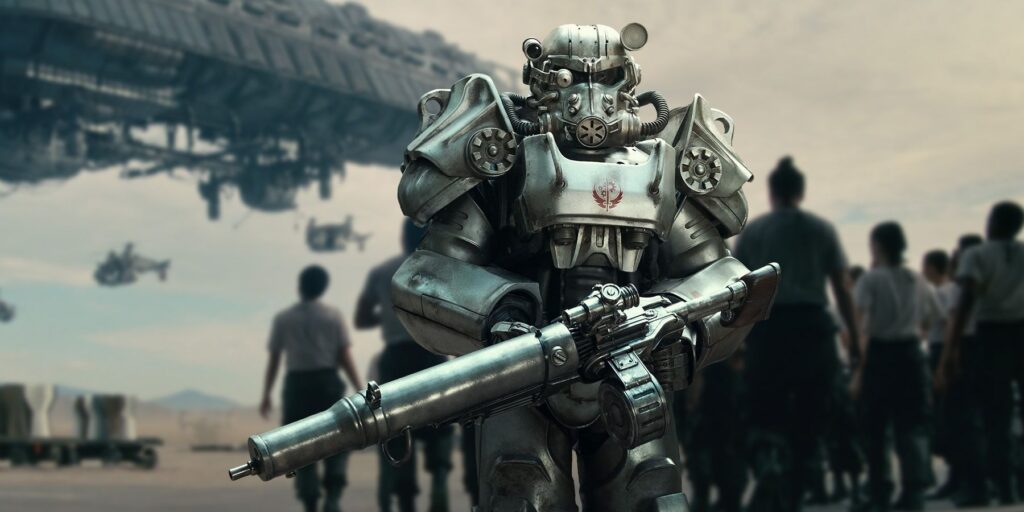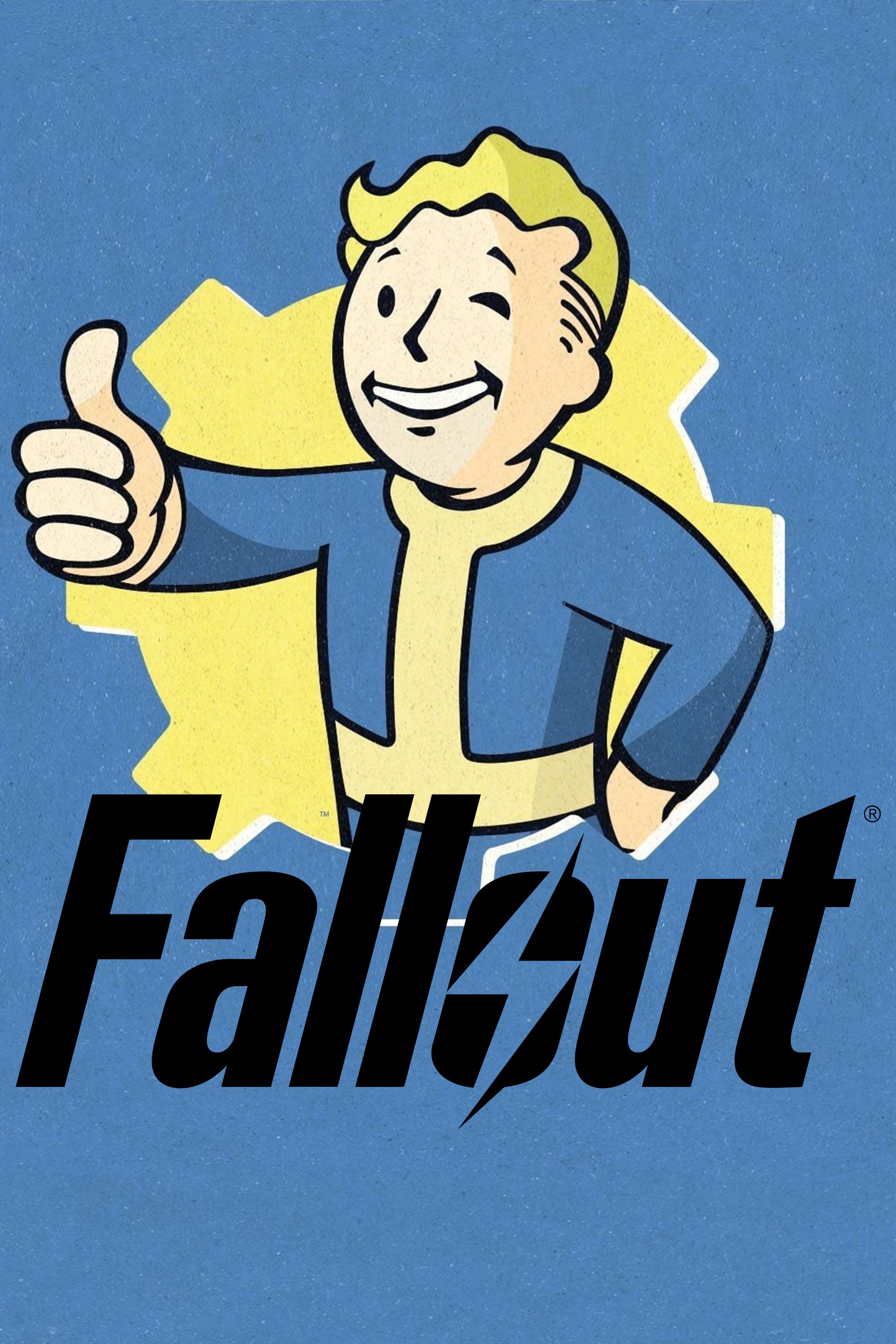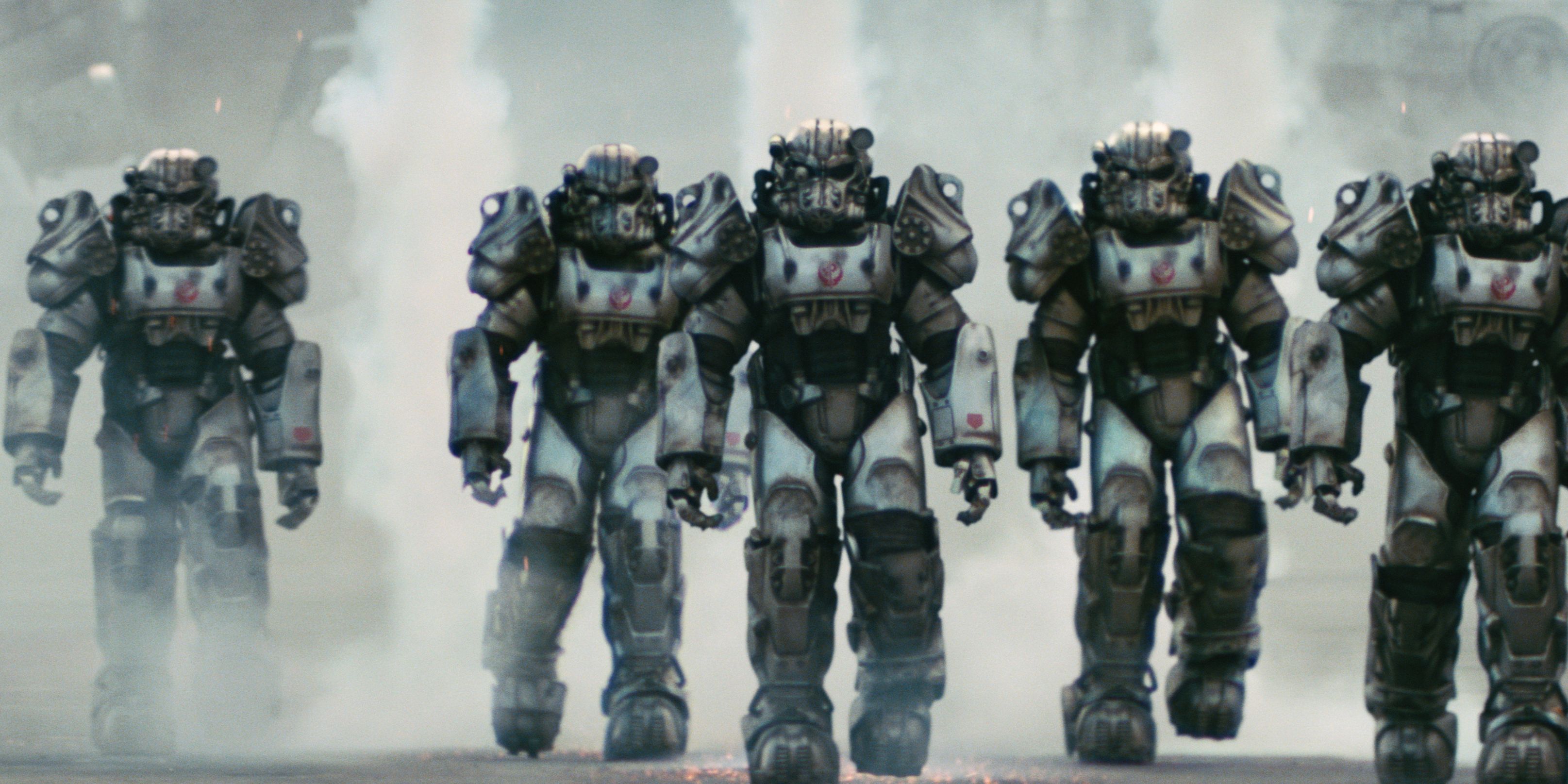
Highlights
- Power Armor in the Fallout franchise is a symbol of power and defense, and the TV adaptation has succeeded in making it look as powerful and heavy as it is in the games.
- The team behind the show used a trick from Alien and Westworld to create the Power Armor, focusing on proportions that appear tall, powerful, intimidating, and inhuman.
- The Fallout TV series prioritizes practical special effects, with visual effects serving as a garnish rather than the main focus, creating a more visceral and emotional experience for the actors and viewers.
The iconic Power Armor in the Fallout franchise is high-end, sometimes endgame gear that appeals to folks who want to go in guns blazing with plenty of defense. It is a symbol of power for the player, as well as the Brotherhood of Steel, and this is one reason Fallout 4 treats Power Armor almost like it’s a vehicle. Because of its role in the franchise, it seems like something that could easily be messed up in a TV adaptation like the upcoming Fallout series, but everything shown so far makes Power Armor look as powerful, as daunting, and as heavy as the games.
During a recent roundtable interview ahead of CCXP23 in Sao Paulo, Brazil, Game Rant asked executive producer Jonathan Nolan how the team approached ensuring that the Power Armor stayed true to the Fallout franchise. The answer lies in a trick used for the original Alien movie’s Xenomorph, as well as the Drone Host in Nolan’s Westworld.
Todd Howard Compared Upcoming TV Series to Fallout 5
According to one Fallout TV series executive producer, Todd Howard had a lot of nice things to say about the show.
The Xenomorph needed to be tall, powerful, intimidating, and inhuman, and while the latter does not matter as much to Power Armor, those same traits needed to be evident at first glance, as if they represented the full strength and weight of the Brotherhood of Steel. Therefore, Nolan and the crew used the same trick to create the Xenomorph in Alien and the Drone Host in Westworld here because they knew it would work. As Nolan explained,
For the Power Armor, we used a trick we learned from Ridley Scott. In the original Alien, they built a suit for the Xenomorph around a particularly talented, very tall, very lean stunt performer. They built the entire Xenomorph around this trick, so the proportions wouldn’t quite look human because they were a bit “strange” for a human. They committed to using one performer for that. We used that trick in Westworld before for the Drone Host in exactly the same way, and we knew that it would work here.
Nolan was insistent that practical special effects dominate 90%+ of the Fallout show, stating that visual effects are a garnish and not a main dish. Of course, Nolan praised the visual effect artists on the crew as the best in the world. What the visual effect artists add to the show doesn’t overpower the guttural, emotional feeling that a practically created suit does, but instead garnishes it, making it all the better.
In fact, Aaron Moten (who plays Maximus of the Brotherhood of Steel) also praises this creation of Power Armor suits. Standing next to one, performing alongside one, made it easier to tap into the emotions of someone in that situation, as opposed to conjuring them while standing next to someone in a green screen suit.
The Fallout TV series airs on April 12, 2024. Game Rant was provided travel and lodging to CCXP23.

Fallout
Fallout is a post-apocalyptic RPG franchise created by Interplay Entertainment and developed by Black Isle Studios, before Bethesda Softworks took over the IP in 2004. The series features a retrofuturistic style following a nuclear war that devastated the game’s world. Players typically inhabit a Vault Dweller, someone who remained safe in an underground shelter, appearing in the post-apocalyptic world where a problem needs to be solved. While the older games were more tactical RPGs, Fallout 3 took the franchise into the first person shooter genre, while also retaining the RPG elements.
